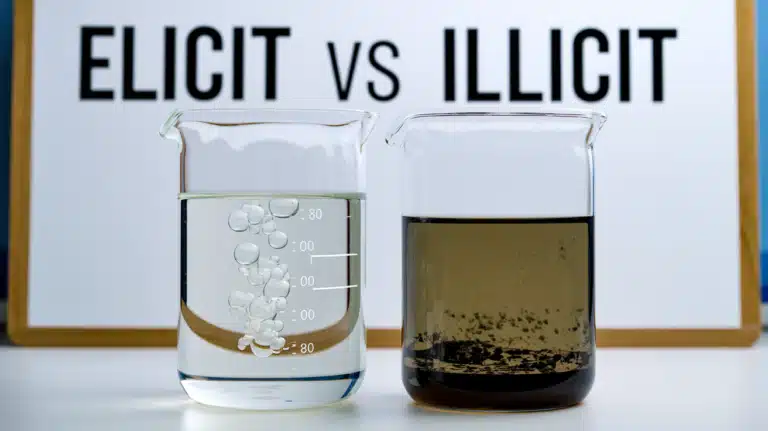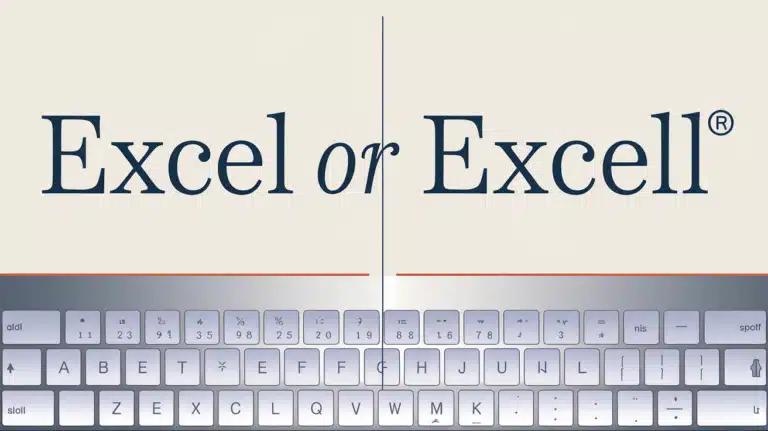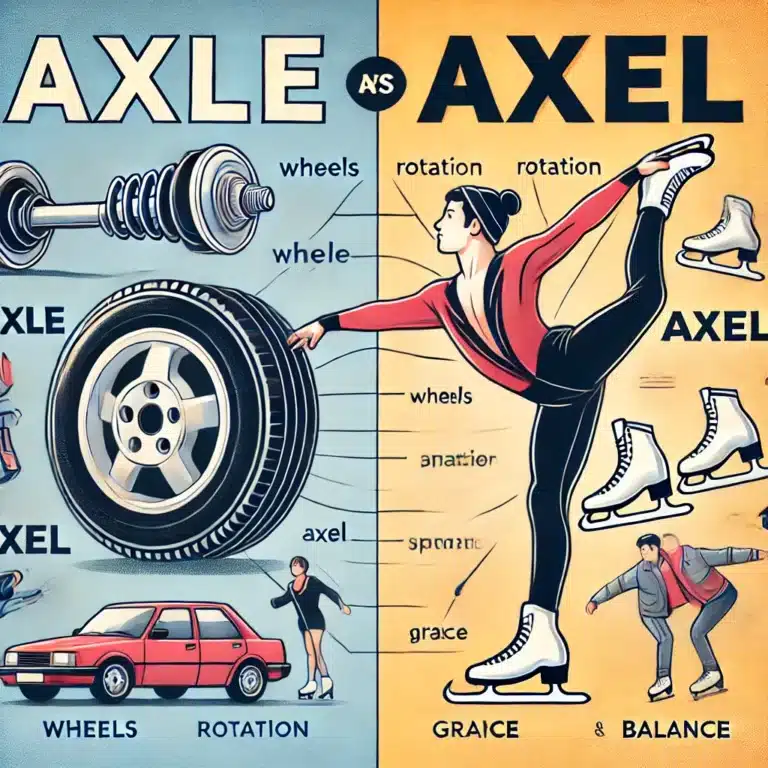Receive or Recieve: Mastering the Correct Spelling and Usage
Ever find yourself unsure whether to write “receive” or “recieve”? You’re not alone—it’s a mistake many of us make! In this article, we’ll clear up the confusion around this tricky word and make sure you never second-guess its spelling again. Let’s settle this once and for all, so you can confidently use “receive” in your writing!
The Correct Spelling: Receive
Let’s cut to the chase: “Receive” is the correct spelling. This word, which means to get or accept something, has been a part of the English language for centuries. Its roots can be traced back to the Latin word “recipere,” meaning “to take back” or “to recover.”
History and Origin
The journey of “receive” from Latin to English is a fascinating one:
- Latin: recipere
- Old French: receveir
- Middle English: receiven
- Modern English: receive
This evolution shows why the “ei” combination in “receive” can be tricky for many English speakers.
Definition and Usage
“Receive” is primarily used as a verb, meaning:
- To get or be given something
- To experience or be subjected to something
- To welcome or greet someone
Examples:
- “I received a package in the mail today.”
- “The team received a standing ovation after their performance.”
- “The ambassador received the foreign dignitary at the embassy.”
Pronunciation Guide
To help cement the correct spelling in your mind, let’s break down the pronunciation:
/rɪˈsiːv/ – ri-SEEV
The emphasis is on the second syllable, which contains the “ei” combination that often causes confusion.
Why “Recieve” is Incorrect
Now that we’ve established the correct spelling, let’s explore why “recieve” is a common misspelling and how to avoid this error.
Read More About : Tomorrow or Tommorrow: Understanding the Correct Spelling
Common Misspelling Reasons
- The “I before E” rule: This rule states “i before e, except after c,” which applies to “receive.” However, the rule has so many exceptions that it’s not always reliable.
- Phonetic confusion: In many words, “ie” produces an “ee” sound (like in “believe”), leading some to mistakenly use “ie” in “receive.”
- Visual similarity: The letters “ei” and “ie” look very similar, especially in certain fonts or handwriting styles.
The “I before E” Rule and Its Exceptions
While the “i before e, except after c” rule works for “receive,” it’s important to note that this rule has numerous exceptions. Here’s a quick breakdown:
| Rule Follows | Exceptions |
|---|---|
| receive | weird |
| deceive | seize |
| perceive | caffeine |
| conceive | leisure |
Historical Usage Data and Trends
According to Google Ngram Viewer, which analyzes word usage in books over time, “receive” has consistently been the dominant spelling since the 1800s. However, “recieve” does show up as a minor variant, indicating its persistent nature as a common misspelling.
Mnemonic Devices and Tricks
To help you remember the correct spelling of “receive,” here are some useful mnemonic devices:
- “I believe you receive.” – This phrase uses two words with “ie” and “ei” to help you remember the correct order.
- Visual memory technique: Imagine the “c” in “receive” as a basket catching the “ei” combination.
- MICE: “My Intelligent Cat Eats” – The first letters spell out the correct order of “mice,” which has the same “cei” pattern as “receive.”
Grammatical Context
Understanding how “receive” functions grammatically can further reinforce its correct usage and spelling.
Receive as a Verb
“Receive” is primarily used as a transitive verb, meaning it typically takes a direct object:
- “She received a promotion at work.” (direct object: promotion)
However, it can also be used intransitively in certain contexts:
- “The antenna receives well in this area.” (no direct object)
Common Phrases and Idioms Using “Receive”
- “To receive with open arms”
- “To receive marching orders”
- “To receive one’s just deserts”
Synonyms and Their Usage
While “receive” is a versatile word, sometimes using a synonym can add variety to your writing. Here are some alternatives:
- Get
- Accept
- Obtain
- Acquire
- Collect
- Welcome
Derivatives and Related Words
Understanding the family of words related to “receive” can help reinforce the correct spelling:
- Receiver: A person who receives something or a device that receives signals.
- Reception: The act of receiving or the way in which something is received.
- Receivable: Capable of being received, often used in financial contexts (e.g., accounts receivable).
- Received: The past tense and past participle form of “receive.”
“The way we receive criticism is often more important than the criticism itself.” – Unknown
Digital Age Implications
In our increasingly digital world, the correct spelling of “receive” takes on new importance.
Autocorrect and Spellcheck Reliability
While autocorrect and spellcheck tools are helpful, they’re not infallible. Some may not catch the “recieve” misspelling, especially if it’s been added to a personal dictionary. It’s crucial to develop your own spelling skills rather than relying solely on technology.
Impact on Professional Communication
In professional settings, correct spelling can make or break your credibility. A misspelled “receive” in an email or report can create a negative impression, potentially affecting your professional relationships or opportunities.
Social Media and Informal Writing Contexts
Even in casual online communication, correct spelling matters. While some may argue that spelling is less important in informal contexts, consistently using “recieve” can still be perceived as a lack of attention to detail or education.
Common Mistakes and How to Avoid Them
To help you avoid the “recieve” pitfall and similar spelling errors, here are some practical tips:
- Practice makes perfect: Regularly write out “receive” and its related words.
- Use contextual clues: Remember phrases like “receipt” and “conceive” that follow the same pattern.
- Proofread carefully: Read your writing backwards to catch spelling errors more easily.
- Use mnemonics: Employ the memory tricks mentioned earlier in this article.
Cultural and Educational Perspectives
The spelling of “receive” is consistent across most English-speaking countries. However, the approach to teaching correct spelling can vary:
- In the UK, there’s often a focus on phonics-based learning.
- In the US, sight words and spelling rules are commonly emphasized.
- In Australia, a combination of methods is typically used.
Regardless of the teaching method, “receive” remains a word that requires special attention in spelling education.
The Future of “Receive”
While language evolves over time, it’s unlikely that “receive” will change its spelling in the foreseeable future. Linguistic experts generally agree that well-established spellings of common words tend to remain stable, especially in the age of digital communication and global connectivity.
Conclusion
Mastering the correct spelling of “receive” is more than just a matter of memorization. It’s about understanding the word’s origins, its usage in various contexts, and developing strategies to consistently spell it correctly. By internalizing the “ei” combination after “c” and using mnemonic devices, you can confidently use “receive” in your writing and communication.
Remember, attention to detail in spelling reflects your overall communication skills. Whether you’re writing an important email, crafting a report, or engaging in casual online conversation, spelling “receive” correctly will enhance your credibility and ensure your message is received as intended.







